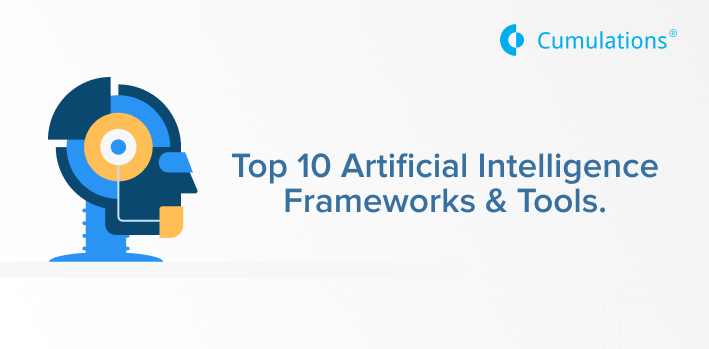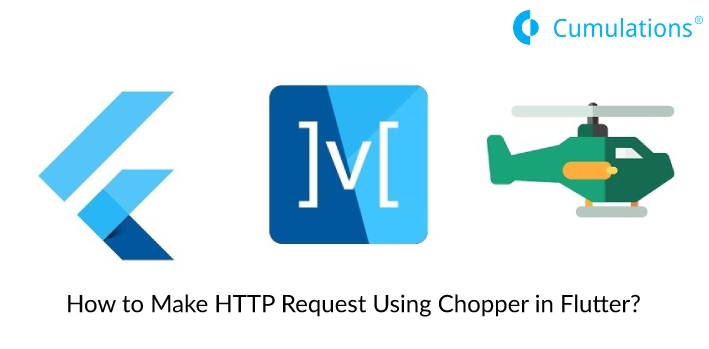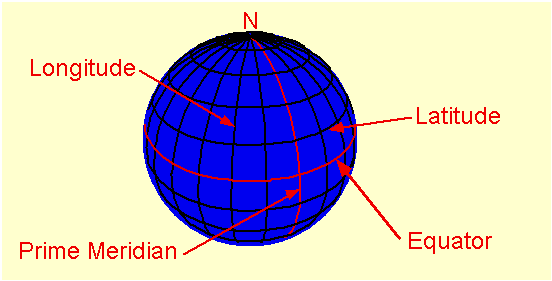
As the algorithms get unshackled with incessant developments in computing power, the rise of Artificial Intelligence in the industry has been nothing but rampant. Rightly so, companies and individuals have been quick to adopt AI and have already started using AI to solve key problems in the industry as well as society.
From curbing terrorism by using face recognition and deep analysis to protecting wildlife with electronic surveillance, AI has already been assisting humans to solve key problems. The sort of problems that were thought impossible to solve, with AI, are on the verge of being disappeared. These are some of the reasons why most thinkers in AI are going big on AI.
As the great Stephen Hawking put it, “Success in creating AI would be the biggest event in human history. Unfortunately, it might also be the last, unless we learn how to avoid the risks.” We’ll leave the regulation and the thoughts to hold back for later, perhaps.
Top 10 Artificial Intelligence Frameworks and Tools
Before we get into the details about each of these frameworks and tools, we should list them first. Here goes:
1. PyBrain:
A highly modular library for python that offers easy-to-use and powerful algorithm capabilities to developers who wish to build products using machine learning and artificial intelligence. PyBrain, short for Python-Based Reinforcement Learning, Artificial Intelligence, and Neural Network Library.
It is commonly used as a tool for reinforcement learning and unsupervised learning too. This library is built around neural networks in the kernel with training methods that neural networks as the entity to be trained.
Being an open-source tool for engineers and developers, it is free to use and licensed under BSD software license. For the full documentation on how to build and train machine learning models using PyBrain, you can through their site or GitHub.
PyBrain is preferred by developers because of its modular nature and ease of use with neural networks. From working with feed-forward networks and examining an existing network to using a recurrent network, it can all be done with PyBrain.
2. Shogun:
One of the earliest frameworks for building AI and ML models dates all the way back to 1999 and is still quite popular among developers across the world. Ever since it was created, it is known for standard and cutting-edge algorithms that can be used by AI enthusiasts across the world.
The core of it is built in C++ with unified interfaces that make it usable for other programming languages as well. Even scientists and idealists can leverage it for quick prototyping in projects of higher scale.
3. TensorFlow:
One of the few end-to-end open-source machine learning platforms is probably the most popular one on this list. The core open-source library will help you to develop and train ML models that can be started quickly with no hassle at all. With a fully comprehensive ecosystem of tools, it allows researchers to easily build and deploy robust and scalable ML-powered applications.
Another reason why this is a great tool is because of how easy to use TensorFlow is. From tutorials for beginners to discussion for veterans, it enables everything that you need from an ecosystem of tools. Because of the nascent nature in the AI/ML ecosystem, it is important for the community to keep engaged and help each other out.
4. PyTorch:
Hailed as one of the few frameworks that can accelerate the process from research to production, PyTorch is one of the most popular tools frameworks for building AI modules in Python.
It enables a seamless path from research to production with distributed training and optimized production. Another set of highly diverse tools and libraries extends the capabilities of PyTorch to computer vision and NLPs.
5. Caffe:
Caffe is a deep learning framework that is built using expression, speed, and modularity in mind. Developed by Berkeley AI Research and its contributors spread across the world. The expressive architecture of Caffe allows the application of AI by using highly optimized models and configurations with hard-coding.
Caffe is used for writing extensible code and hence fosters active development. More than 10,000 developers have already forked Caffe for their projects and contributed back into the projects. Because of such an active community, Caffe is on its way to glory as AI and ML get more popular.
6. Google ML Kit:
The ML kit developed by Google is one of the most popular frameworks that is used by mobile app developers. It allows the developers to optimize their apps on the run. Not only this, the fact that it is built by Google makes it even more useful for app developers who wish to game their way into the smartphones of the users across the Google ecosystem.
The three broad capabilities of Google’s ML Kit includes Vision, Language, and Custom AI/ML development that the developers can get their hands dirty with. The APIs in vision include video and image analysis to label images and detect barcodes, text, faces, and even objects as per the requirements of an app. NLP APIs are also included to help developers customize their app as per the demographics of their users.
7. Accord.Net:
Written in C#, this is a .NET machine learning framework that includes audio and image processing libraries for building enterprise-grade ML solutions. Not only this, Accord.net is also used by developers who are building products using Computer Vision, signal processing, and other high-value use cases.
Must read: Role of Python in Artificial Intelligence and Machine Learning
Because of its vast community in the enterprise-scale, it offers reliable testing methods and patterns for the long run as well. Developers across the world are already using Accord.Net for real-time face detection and tracking by turning objects into image streams.
8. MLib:
Another very popular framework that is used by developers for building AI and ML applications, MLib is popular because of its compatibility with multiple programming languages such as Java, R, Python, and Scala.
Because of its high and reliable performance, MLib has already managed to become one of the most popular frameworks for building AI and ML applications.
9. Keras:
Written in Python, Keras is a high-level neural network API with pretty amazing capabilities. It is built upon three of the most reliable frameworks for ML and AI developments, i.e. TensorFlow, CNTK, and Theano.
Keras allows quick prototyping and supports both convolutional as well as recurrent networks. The user-friendly nature of Keras is probably the biggest reason for its popularity. Apart from this, easy extensibility is another reason why Keras has emerged as one of the most popular AI platforms in such a short time.
Compatibility with Python is another important reason why Keras is preferred by the Artificial Intelligence community. With Keras, the developers can easily add new modules in the form of classes and functions.
10. SystemML:
Especially preferred for large-scale machine learning development project, it is considered as the optimal workplace for building enterprise-grade machine learning applications. This module can run on top Apache Spark.
By spreading algorithms execution across multi-node clusters, SystemML can be used for large-scale production environments. Using systemML, AI teams are able to have full flexibility with fine-tuned distributed runtime execution plans.
So, these were some of the best frameworks and tools for artificial intelligence projects. Which one of these have you used before? Let us know. Did we miss some good frameworks? Feel free to get in touch and share with us.
Related read:
1. Integrating Artificial Intelligence(AI) into your Mobile Apps.
2. The Role of Artificial Intelligence in the IoT Revolution.
3. How Artificial Intelligence is reshaping the Mobile Banking Customer Experience.


 +91-984-5825982 | +91-996-4689921
+91-984-5825982 | +91-996-4689921 sales@cumulations.com
sales@cumulations.com Send your requirement
Send your requirement 



